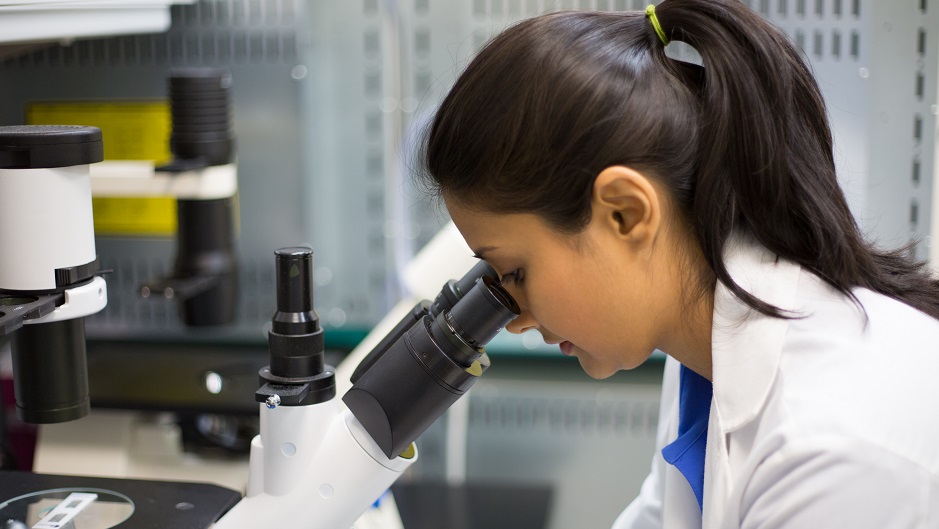15 Apr 2020
New treatments designed to prevent cancer from developing, based on changing the microenvironment in which cancer cells evolve, could be both feasible and effective.
This is the outcome of research published by Open Biology today, exploring the theoretical aspects of cancer evolution, potentially paving the way to better targeted anti-cancer prevention and treatment strategies.
The research, by Dr Xiaowei Jiang, a lecturer in bioinformatics at Xi’an Jiaotong-Liverpool University's Department of Biological Sciences and Professor Ian Tomlinson, Director, Cancer Research UK Edinburgh Centre, relates to diverse changing tumour microenvironments and their impact on cancer cell population growth in the body.

Dr Jiang says that cancers could be managed by killing cancer cells through imposing a changing microenvironment.
“Cancer development has long been viewed as a Darwinian evolutionary process, in which a changing tumour microenvironment (TME) is likely to play a critical role. Very few cancer modelling studies have considered how broadly the TME changing dynamics affect cancer evolution,” Dr Jiang says.
“In our research we establish a mathematic model of cancer evolution with changing microenvironments in 3D, which generates far more complex patterns of cancer adaptation and predicts tumour morphologies resembling those observed clinically.”
Dr Jiang says that the challenge that changing TMEs present to cancer evolution are also indicative of why cancer is neither inevitable nor as common as expected.
“It’s an unsolved puzzle – trying to understand why so few cancers occur compared with the theoretical number that could occur,” says Dr Jiang.
“Although cancer is viewed as a common disease, our current knowledge of how cancers grow suggests that cancer is actually far less frequent than we expect; the mutation rates and number of normal cells suggest that many cancers could occur in each human.
“There are several potential reasons for the “cancer deficiency”, including anti-cancer immune responses and inherent mechanisms of tissue homoeostasis (or “buffering”).“
“We hypothesised that a further contributory factor restraining carcinogenesis is that the TME is not fixed, and that this could impair the ability of neoplastic cells to retain a high enough Darwinian fitness to become a cancer.”
“Compared with static TMEs which generate neutral dynamics, changing TMEs lead to complex adaptations with spatio-temporal heterogeneity involving variable fitness effects of driver mutations, sub-clonal mixing, sub-clonal competition and phylogeny patterns.“
“In many cases, cancer cell populations fail to grow or undergo spontaneous regression, and even extinction.”
“Imagine a sunflower growing in a greenhouse with exposure to sunlight in the same position each day. The chances are its growth will be more regular and uniform than a similar plant growing in the back of a moving vehicle, full of other items and travelling at speed, where the likelihood of its blossoming is far less certain,” Dr Jiang says.
Reference:
Jiang X, Tomlinson IPM. 2020 Why is cancer not more common? A changing microenvironment may help to explain why, and suggests strategies for anticancer therapy. Open Biol. 10: 190297.
http://dx.doi.org/10.1098/rsob.190297
15 Apr 2020
RELATED NEWS

XJTLU researcher adds greater understanding about COVID-19 treatment
A new study led by a Xi’an Jiaotong-Liverpool University researcher in the wake of the SARS-CoV-2 epidemic indicates that for patients with mild COVID-19, pr...
Learn more







